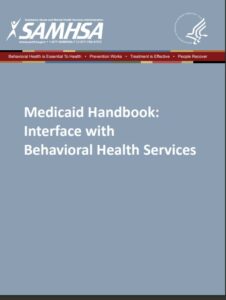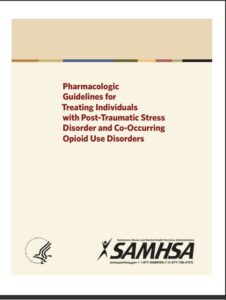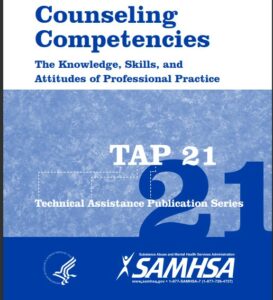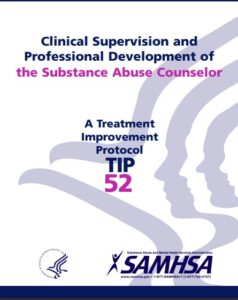BIPOLAR DISORDER I & II
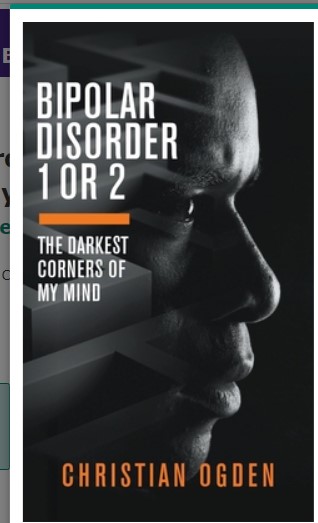
BIPOLAR DISORDER
SYMPTOMS
Bipolar disorder (also known as “manic depression”) is often not recognized by the patient, relatives, friends, or even physicians. An early sign of manic-depressive illness may be hypomania — a state in which the person shows a high level of energy, excessive moodiness or irritability, and impulsive or reckless behavior.
Hypomania may feel good to the person who experiences it. Thus, even when family and friends learn to recognize the mood swings, the individual often will deny that anything is wrong.
In its early stages, bipolar disorder may masquerade as a problem other than mental illness. For example, it may first appear as alcohol or drug abuse, or poor school or work performance.
If left untreated, bipolar disorder tends to worsen, and the person experiences episodes of full-fledged manic episodes and depressive episodes.
One of the usual differential diagnoses for bipolar disorder is that the symptoms (listed below) are not better accounted for by Schizoaffective Disorder and is not superimposed on Schizophrenia, Schizophreniform Disorder, Delusional Disorder, or Psychotic Disorder Not Otherwise Specified.
And as with nearly all mental disorder diagnoses, the symptoms of manic depression must cause clinically significant distress or impairment in social, occupational, or other important areas of functioning. Symptoms also can not be the result of substance use or abuse (e.g., alcohol, drugs, medications) or caused by a general medical condition.
Specific symptoms of the various types of bipolar disorder:
Bipolar I Disorder
Bipolar I Disorder actually is a number of separate diagnoses, depending upon the type of mood most recently experienced.
Bipolar I Disorder, Single Manic Episode
- Presence of only one Manic Episode and no past Major Depressive Episodes.
Note: Recurrence is defined as either a change in polarity from depression or an interval of at least 2 months without manic symptoms.
Bipolar I Disorder, Most Recent Episode Hypomanic
- Currently (or most recently) in a Hypomanic Episode.
- There has previously been at least one Manic Episode or Mixed Episode.
Bipolar I Disorder, Most Recent Episode Manic
- Currently (or most recently) in a Manic Episode.
- There has previously been at least one Major Depressive Episode, Manic Episode, or Mixed Episode.
Bipolar I Disorder, Most Recent Episode Mixed
- Currently (or most recently) in a Mixed Episode.
- There has previously been at least one Major Depressive Episode, Manic Episode, or Mixed Episode.
Bipolar II Disorder
- Presence (or history) of one or more Major Depressive Episodes and at least one Hypomanic Episode. Additionally, there has never been a Manic Episode or a Mixed Episode.
Related Topics:
“BIPOLAR DISORDER I & II”
References:
American Psychiatric Association. (1994). Diagnostic and statistical manual of mental disorders, fourth edition. Washington, DC: American Psychiatric Association.
National Institutes of Health, National Institute of Mental Health, NIH Publication No. 95-3679 (1995)
Last reviewed: By John M. Grohol, Psy.D. on 6 Nov 2006
Regards, Coyalita
Behavioral Health Rehabilitative Specialist & Addiction Counselor
Copyright © 2021-2024 Thresholdlivecoyalita.com All Rights Reserved Privacy Policy – Earnings Disclaimer – Terms of Use – Contact Us


